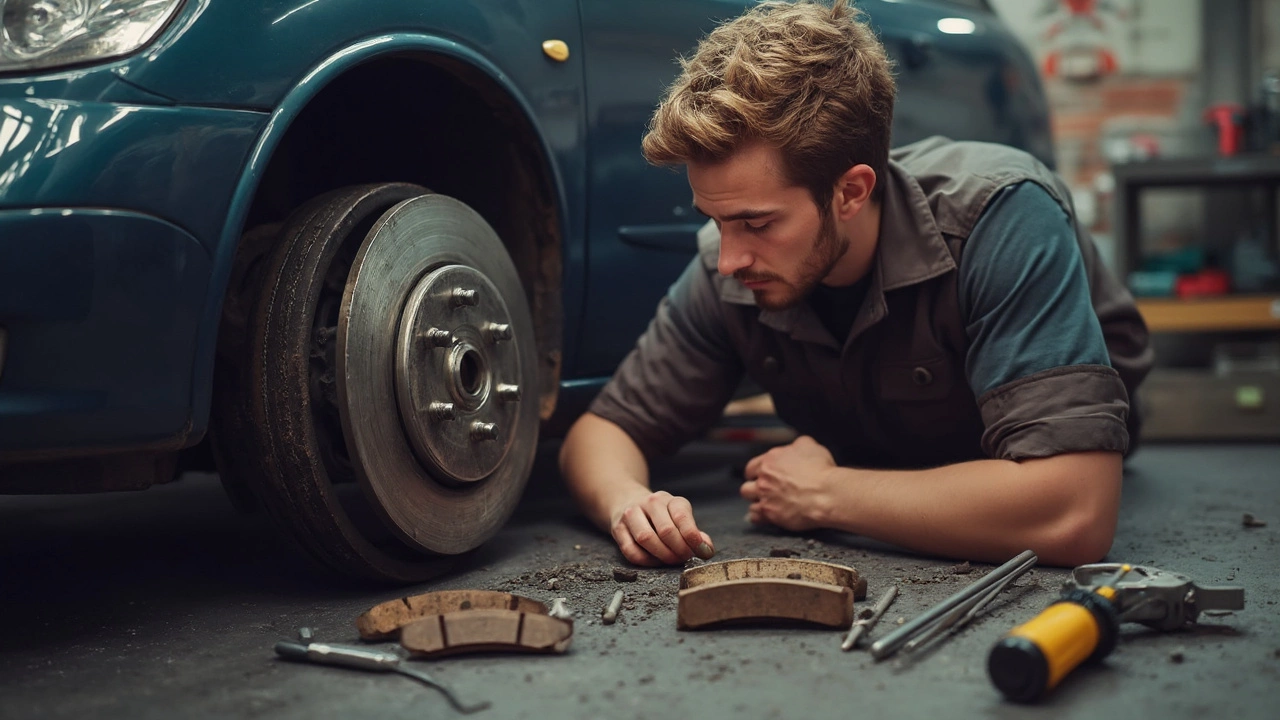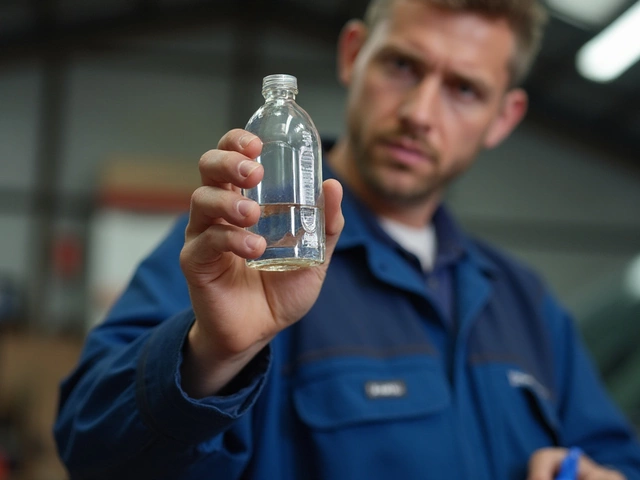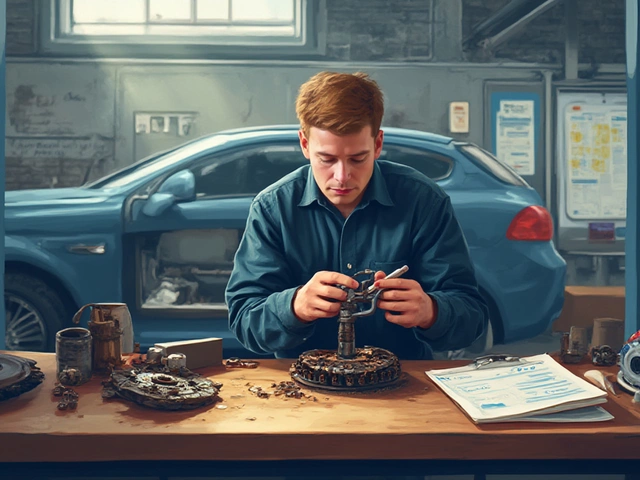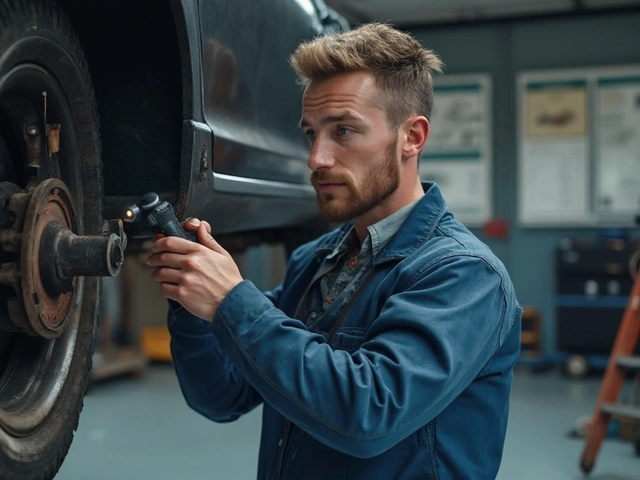Replace Brake Pads – Quick Guide for Safe Driving
If your brakes are squeaking, feel spongy, or you notice a longer stopping distance, it’s probably time to replace the pads. Ignoring worn pads can damage rotors, cost more later, and put you at risk on the road. Below you’ll find easy ways to spot the problem, decide if you can DIY, and when to head to a pro like Northwich Tyres Centre.
How to Know Your Brakes Need New Pads
Most cars give at least one clear warning before the pads wear out. Listen for a high‑pitched squeal – that’s the wear indicator metal rubbing against the rotor. Feel for a grinding sound; that means the pads are already gone and the metal is contacting the rotor.
Another tell‑tale sign is a soft or “mushy” pedal. When pads thin, the caliper has to move farther, so the pedal travel increases. If you have to press the pedal deeper to stop, replace the pads ASAP.
Check the visual thickness if you can. Most pads start around 12 mm and should be swapped out at 3 mm or less. You’ll need to remove the wheel to see, but it’s worth a quick look before booking a service.
One common question is whether you can change only the rear pads. The short answer: you can, but it’s best to replace both front and rear at the same time if the fronts are near wear. Front pads usually wear faster, so replacing just the rear can lead to uneven braking performance.
DIY vs Professional Replacement
If you have basic tools – a jack, lug wrench, socket set, and maybe a C‑clamp – you can replace pads yourself. The process involves lifting the car, removing the wheel, unbolting the caliper, sliding out the old pads, compressing the caliper piston, and installing the new pads. Make sure to torque the caliper bolts to the manufacturer’s spec.
However, a few pitfalls can turn a simple job into a headache. Forgetting to reset the brake fluid level, not greasing the caliper slides, or missing a bolt can cause noise or reduced braking. If you’re not comfortable with these steps, a professional will ensure the system is bled correctly and the caliper is properly seated.
Professional shops also check rotor condition. If the rotor is scored or warped, they’ll suggest machining or replacement. Doing this yourself without the right equipment can damage the rotor further.
Choosing a local garage like Northwich Tyres Centre means you get experienced technicians who’ll inspect the rotors, replace the pads, and perform a quick safety test. They also offer competitive pricing and can fit any tyre or wheel you need after the job.
Bottom line: if you spot squealing or feel a soft pedal, act fast. A quick visual check can confirm the wear. DIY if you have the tools and confidence; otherwise, head to a trusted shop to keep your brakes reliable and your wallet happy.
 6 April 2025
6 April 2025
Can I Replace Brake Pads Myself? A Handy Guide
Replacing brake pads yourself can save money and offer a sense of accomplishment. Understanding the process is essential for safety and efficiency. This guide helps you decide if you're up to the task, identifying tools needed, step-by-step instructions, common mistakes to avoid, and when professional help is necessary.






0